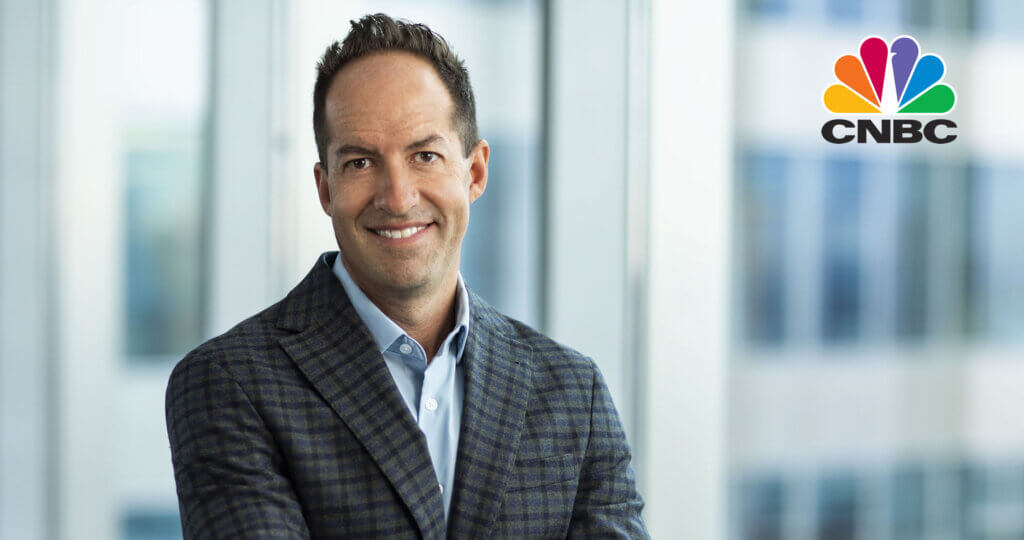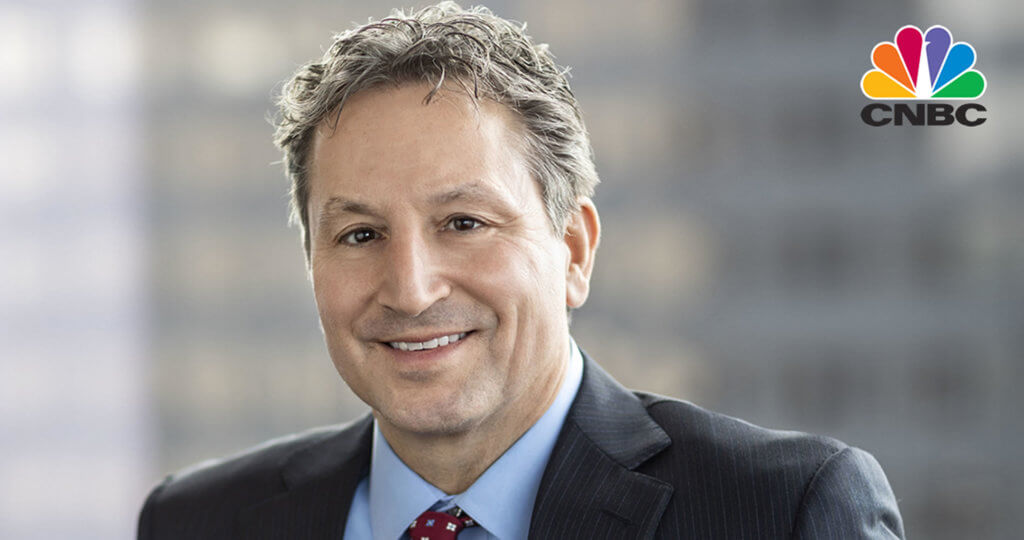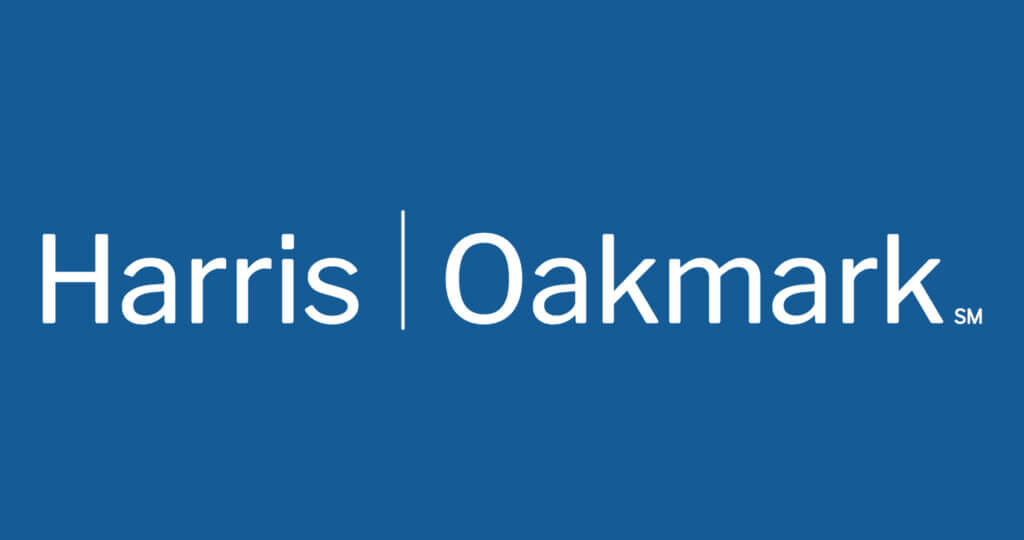Oakmark International Fund - Investor Class
Average Annual Total Returns 03/31/16
Since Inception 09/30/92 9.49%
10-year 4.82%
5-year 4.40%
1-year -12.37%
3-month -2.95%
Gross Expense Ratio as of 09/30/15 was 0.95%
Past performance is no guarantee of future results. The performance data quoted represents past performance. Current performance may be lower or higher than the performance data quoted. The investment return and principal value vary so that an investor’s shares when redeemed may be worth more or less than the original cost. The To obtain the most recent month-end performance data, view it here.
The Oakmark International Fund declined 3% for the quarter ended March 31, 2016, underperforming the MSCI World ex U.S. Index, which declined 2% over the same period. Most importantly, the Fund has returned an average of 9% per year since its inception in September 1992, outperforming the MSCI World ex U.S. Index, which has averaged 6% per year over the same period.
Glencore (Switzerland), one of the world’s largest commodities and trading companies, was the top contributor for the quarter, returning 70%. Concerns about weaker-than-expected demand for copper in China drove the price of commodities lower last year and negatively impacted Glencore’s share price. The market overreacted to the weaker demand, and we used the opportunity to buy shares at what we believed to be attractive prices. Glencore has taken action to counter the negative market impact. During the quarter, investors reacted positively to news that the company delivered on recent guidance for fiscal 2015, as well as to management’s aggressive and well-specified plan to deleverage the company’s balance sheet. Management has indicated that the debt restructuring plan and asset sales are progressing as expected. Despite the continued weak commodity prices, Glencore should still be able to generate $3 billion in free cash flow in fiscal 2016, which will aid in debt reduction. Additionally, management noted that they are seeing stronger demand for commodities across China than many were expecting. We believe that the prices for Glencore’s primary commodity exposures are low relative to fundamental value and will rebound over time. As a result, our investment thesis remains intact.
Credit Suisse (Switzerland) was the largest detractor for the quarter, declining by 34%. Although CEO Tidjane Thiam warned that fourth-quarter earnings would be weak, some one-off expenses related to litigation, pension true-up charges and write-downs on certain credit assets were negative surprises during the period. However, this has caused the management team to accelerate the restructuring and reduction of non-core investment banking lines of businesses. The goal is to emphasize the wealth management business that has very good secular growth trends, is fee based and requires little capital. We believe Credit Suisse’s capital position remains solid with a Tier 1 capital ratio of 11.4% as of year-end, which is in excess of regulators’ 10% requirement. Despite some near-term challenges, we continue to believe that over time shareholders will benefit from CEO Thiam’s initiatives to correct some legacy missteps, grow the business and reduce costs.
During the quarter we sold our positions in GlaxoSmithKline (U.K.), Olympus (Japan), Schindler Holding (Switzerland), Secom (Japan) and Swedish Match (Sweden) as they approached or hit our estimate of intrinsic value. We purchased two new names during the quarter: ASML Holding (the Netherlands), one of the world’s largest providers of semiconductor lithography capital equipment; and Taiwan Semiconductor (Taiwan), the market leader with greater than 50% market share in the semiconductor foundry business.
Geographically, we ended the quarter with 68% of our holdings in Europe, 18% in Japan and 3% in Australia. The remaining positions are in South Korea, Indonesia, the U.S., China, Hong Kong, Mexico, Taiwan and Israel.
We continue to believe some global currencies are overvalued versus the U.S. dollar. We maintained our defensive currency hedges and ended the quarter with approximately 26% of the Swiss franc and 11% of the Australian dollar hedged.
We would like to thank you for your continued support.
The holdings mentioned above comprise the following percentages of the Oakmark International Fund’s total net assets as of 03/31/16: Glencore PLC 4.7%, Credit Suisse Group 4.2%, GlaxoSmithKline PLC 0%, Olympus Corp. 0%, Schindler Holding AG 0%, Secom Co., Ltd. 0%, Swedish Match AP 0%, ASML Holding N.V. 0.8%, and Taiwan Semiconductor Manufacturing Co. Ltd. 0.4%. Portfolio holdings are subject to change without notice and are not intended as recommendations of individual stocks.
Click here to access the full list of holdings for The Oakmark International Fund as of the most recent quarter-end.
The MSCI World ex U.S. Index (Net) is a free float-adjusted market capitalization index that is designed to measure international developed market equity performance, excluding the U.S. This benchmark calculates reinvested dividends net of withholding taxes using Luxembourg tax rates. This index is unmanaged and investors cannot invest directly in this index.
The Fund’s portfolio tends to be invested in a relatively small number of stocks. As a result, the appreciation or depreciation of any one security held by the Fund will have a greater impact on the Fund’s net asset value than it would if the Fund invested in a larger number of securities. Although that strategy has the potential to generate attractive returns over time, it also increases the Fund’s volatility.
The percentages of hedge exposure for each foreign currency are calculated by dividing the market value of all same-currency forward contracts by the market value of the underlying equity exposure to that currency.
Investing in foreign securities presents risks that in some ways may be greater than U.S. investments. Those risks include: currency fluctuation; different regulation, accounting standards, trading practices and levels of available information; generally higher transaction costs; and political risks.
The discussion of the Fund’s investments and investment strategy (including current investment themes, the portfolio managers’ research and investment process, and portfolio characteristics) represents the Fund’s investments and the views of the portfolio managers and Harris Associates L.P., the Fund’s investment adviser, at the time of this letter, and are subject to change without notice.






